The indigenous Miwok people of California’s Marin and Southern Sonoma Counties left adobe structures you can still see at Olompali State Historic Park.
Ancestral Puebloans of Chaco Canyon in New Mexico built magnificent brick buildings – huge kivas and structures believed to have contained as many as 600 rooms — still standing after many hundreds of years.
In Mexico, the magnificent pyramid-centered cities of the Maya, like Chichén Itzá and Uxmal, were constructed of chiseled stone masonry and are still standing, centuries after the cities’ inhabitants abandoned them.
But closer to home, in Wisconsin, there are no grand structures to remind of us the people who were here for millennia before the first European set foot on North America shores. There are, however, carefully crafted mounds of earth, representing the birds of the air and the creatures of the water, reflecting and reinforcing the connection between the people who lived here and the natural world of which they felt themselves an inextricable part.
Wisconsin’s Indian Mounds
Outside of Baraboo, the centuries-old earthen image of a human being, with horns, stretches over 200 feet.
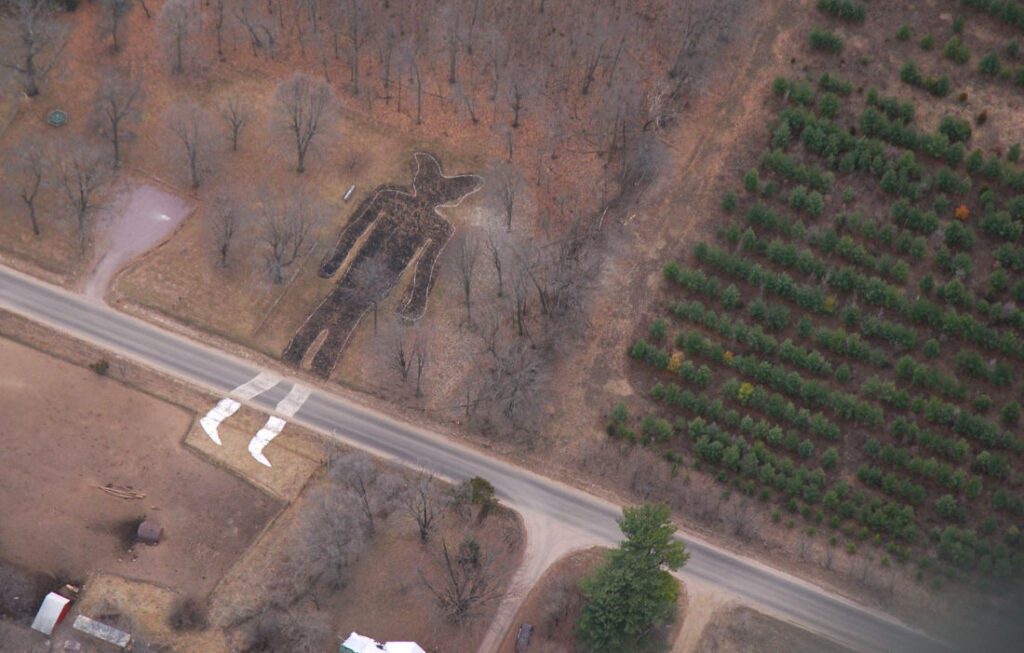
Why was this earthwork built?
No one knows for sure, and all that many will venture to say is that this figure is one of the last of Wisconsin’s Indian effigy mounds — earth piled up to represent an animal or a figure — and it’s the only one of Wisconsin’s effigy mounds to represent a human form. This figure may be a shaman, a frequently horned human who communicated with the spirit world, or it might be a hybrid human/horned animal, or something else entirely. This Man Mound is under the protection of the Ho-Chunk nation, though it’s not entirely clear who created this massive earthwork… or why.
What is clear — from the legs, truncated when a highway was built over them — is that modern civilization has run roughshod over this ancient, sacred site, just as it has at hundreds of similar sites throughout Wisconsin and the Upper Midwest.
Walking through Wisconsin vacation lands, it’s easy to forget that this land of ours once belonged to native Americans, like the Ho-Chunk, Winnebago, and Oneida. November is Native American Heritage Month, and this month is a perfect time to pay a little more attention to the people who first settled this land… and who left behind earthworks as one of the few reminders of their powerful, ancient civilizations.
The indigenous people of Wisconsin built earthworks that dot the state to this day, though their numbers have dramatically dwindled from a high of 20,000 to more like 5,000. Some of these earthen images are burial mounds, and most were bulldozed to make way for the new construction that came with European colonization.
Mounds to Visit
Many of these Wisconsin mounds are quite close to Chicago, and here are a few mound sites, most of which require just a short jog off the highway.
Devil’s Lake State Park
S5975 Park Rd, Baraboo, 53913
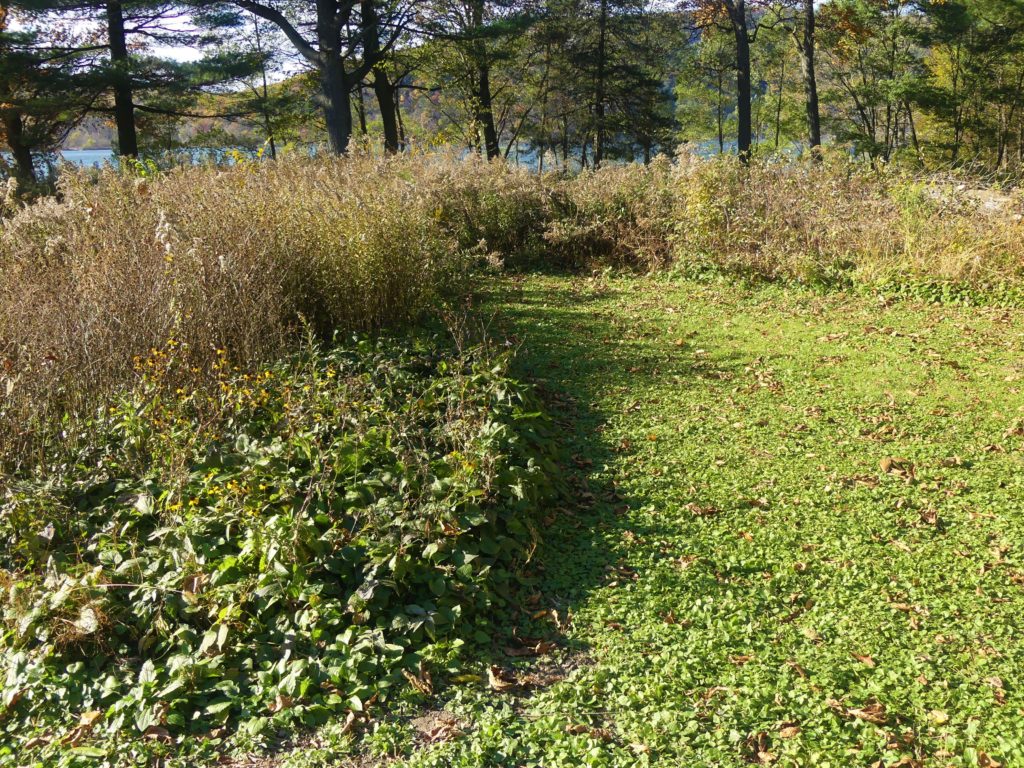
Devil’s Lake is home to several effigy mounds, and none is so well known as the bird, maybe a thunderbird, believed to create storms as it flew. The effigy mound represents the bird spreading its wings as though flying out over the lake. According to Ho-Chunk legend, the bluffs around the lake were formed during a fight between the Thunderbird of the upper world and the Underwater Panther of the lower world, both strong spirits in Midwestern Indian mythology. There was a human skeleton found in this mound, though it would be a mistake to believe all mounds were for burial. Bill Quackenbush of the Ho-Chunk Nation, and Tribal Historic Preservation Officer, told us that “for indigenous peoples, mounds are living, breathing sites. Our grandmother earth has protected them for thousands of years, so those people who placed the mounds there must have been doing something right. Now, these sites are protected by local government, and people can come there and picnic and party, throw around frisbees and let their dogs play around. It’s a little sad for us because these are our sacred sites.”
Sheboygan Indian Mound Park
5000 S. Ninth, Sheboygan, 53190
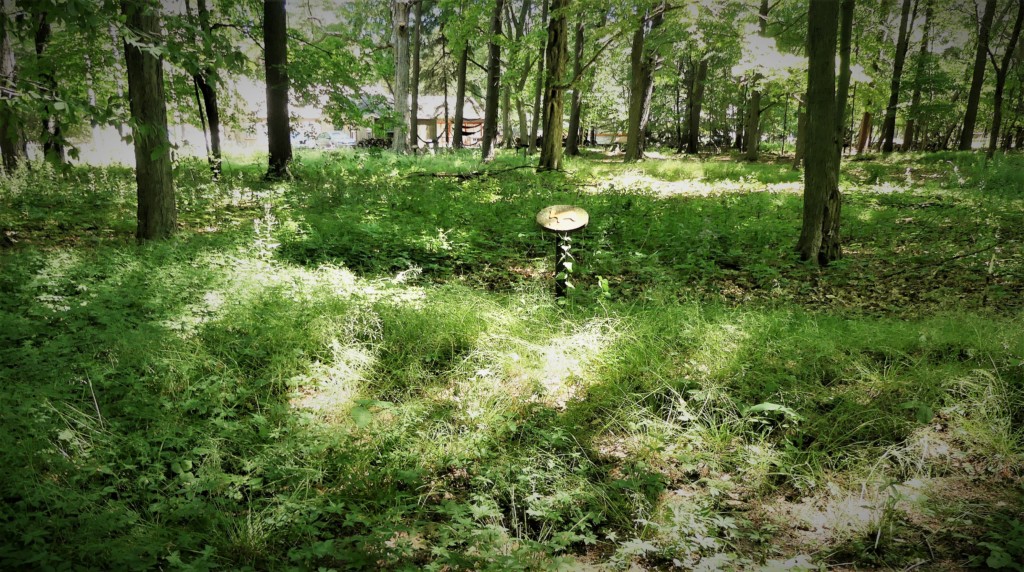
Sheboygan Indian Mound Park is in the woodlands behind the streets of well-kept homes in a Sheboygan subdivision. Past the screened-in back porches and kid’s swing sets are mounds built by First Nations people. Called the Kleitzien Mound Group, this is one of the best-preserved and longest-known Indian mound sites in Wisconsin; there were originally 33 mounds; now, only 18 remain. It’s easy to discern the mounds, as most here have interpretive signage that clearly delineates the outline of the mound that was once fresh and new. The carefully raised earthworks have “slumped” over time, so the signage is extremely helpful. The mounds represent deer, panthers, other animals, and abstract forms, and this wooded area is appropriately quiet. It’s a sacred place, and it feels that way. Walking through this mound park, you sense a connection with those who built the mounds, ancestors of the modern day Ho-Chunk nation.
Koshkonong Mounds Country Club
W7670 Koshkonong Mounds Road, Fort Atkinson, 53538
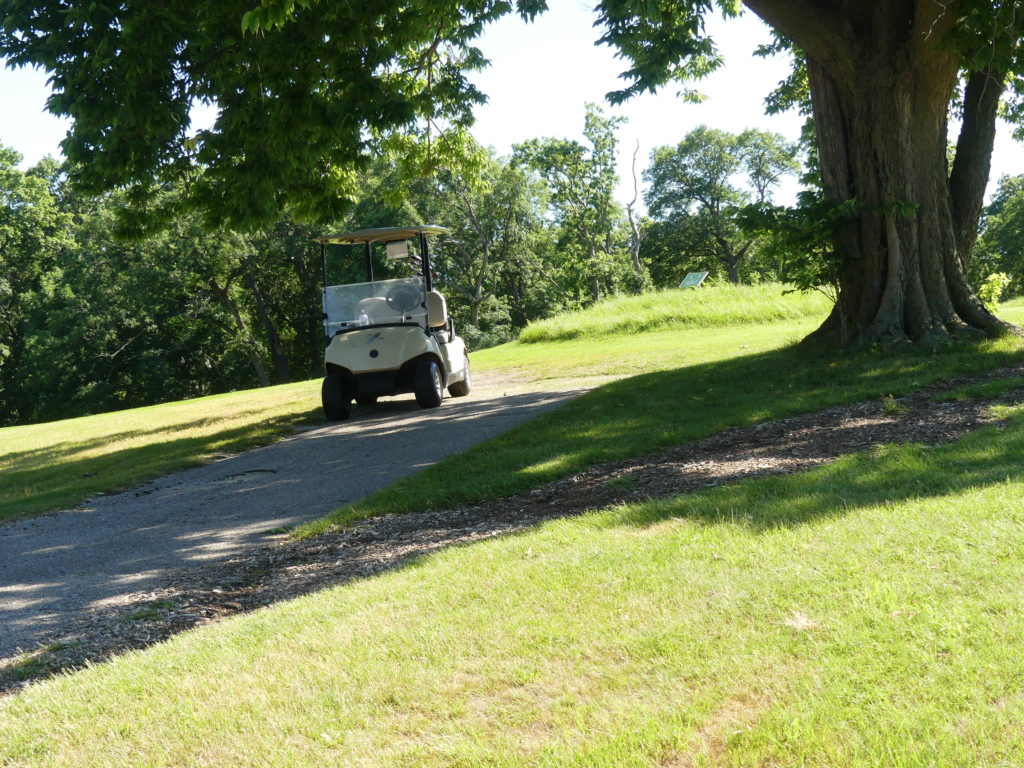
Koshkonong Mounds Country Club in Fort Atkinson provides some of the best mound viewing in Wisconsin. The manicured greens of the golf course set off the unmown mounds, and the interpretive signage heightens one’s ability to visualize the shape of the effigies. The country club does not seem to mind non-golfers wandering around near the greens. Although this sacred area is now a commercial enterprise, we can thank club management for treating the mounds respectfully and making it easier for people to view them. On the road from the country club to downtown Fort Atkinson is another mound group, the Lake Koshkonong Effigy Mounds, which are overgrown but also well-marked. Even closer to the town center is the very unusual Panther Intaglio, an incised portion of earth in the shape of the large cat with the long tail typical of the mythical Underwater Panther depicted in the rock art of indigenous people around Devil’s Lake and throughout the Midwest. Part of the panther’s lengthy tail has been cut off to allow a driveway to be laid down; there used to be eleven such intaglios in the United States; now there’s only this one.
Cranberry Creek Mound Group
7th Street, Necedah, 54646

Cranberry Creek Mound Group is between Green Bay and Madison. It was not easy to find this archaeological site, and it’s challenging to discern the mounds amidst the overgrowth… though perhaps that’s the way it should be. The indigenous people who built these mounds didn’t mow the lawns, of course, so these rough backwoods areas are now probably as close as possible to how the native artists would have envisioned their works fitting into the landscape. The Whitewater Indian Mounds, now also under Ho-Chunk protection, are similarly overgrown. Hunting for mounds in Wisconsin, petroglyphs in Utah, or evidence of ancient inhabitants anywhere in the world, it’s a treasure hunt. You may not know where you should be going or what you might see. However, when you find something that looks like what you’re after, it’s a special kind of thrill, and you feel, if just for a moment, a link with those who put these works of art, or magic, or remembrance upon — and sometimes within — the Earth.
Dozens of mounds, built long ago to honor ancestors, the dead, or nature itself, were leveled to make way for the University of Wisconsin. This happened in St. Louis and Chicago as well as many other places, but if you’re in Wisconsin, and you have the time to look, you may find hand-crafted, though sometimes unmarked, remembrances of those who came before.
When visiting the mounds, Quackenbush suggests that we “spend some time with them and take a spiritual breath to appreciate our connection to the earth and what we are all a part of.” And there’s no better time to visit local Midwestern mound structures than in November, during Native American Heritage Month.
Support Native Communities
There are several credentialed and well-regarded organizations that could use your help to support native American groups; donations are accepted on their respective homepages.
- Native American Heritage Foundation is committed to alleviating food insecurity in native American communities.
- First Nations Development Institute strengthens native American organizations with financial grants, technical assistance, and advocacy.
- Native American Rights Fund works to “hold government accountable” through legal advocacy and litigation.
More From Better:
- 10 Best New Things to Do at Epcot During Walt Disney World’s 50th Anniversary Celebration
- A Perfect Fall Weekend in Madison: What to Do, Where to Eat and Where to Stay
- Stewards of a Historical Gem: How the Sweetwater Music Hall Was Re-invented as a Nonprofit to Preserve a Legendary Venue
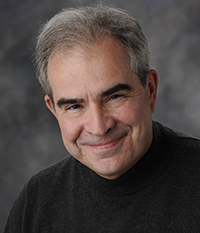
David Hammond is Dining and Drinking Editor at Newcity and contributes to the Chicago Tribune and other publications. In 2004, he co-founded LTHForum.com, the 15,000 member food chat site; for several years he wrote weekly “Food Detective” columns in the Chicago Sun-Times; he writes weekly food columns for Wednesday Journal. He has written extensively about the culinary traditions of Mexico and Southeast Asia and contributed several chapters to “Street Food Around the World.”
David is a supporter of S.A.C.R.E.D., Saving Agave for Culture, Recreation, Education and Development, an organization founded by Chicagoan Lou Bank and dedicated to increasing awareness of agave distillates and ensuring that the benefits of that awareness flow to the villages of Oaxaca, Mexico. Currently, S.A.C.R.E.D is funding the development of agave farms, a library and water preservation systems for the community of Santa Catarina Minas, Oaxaca.
